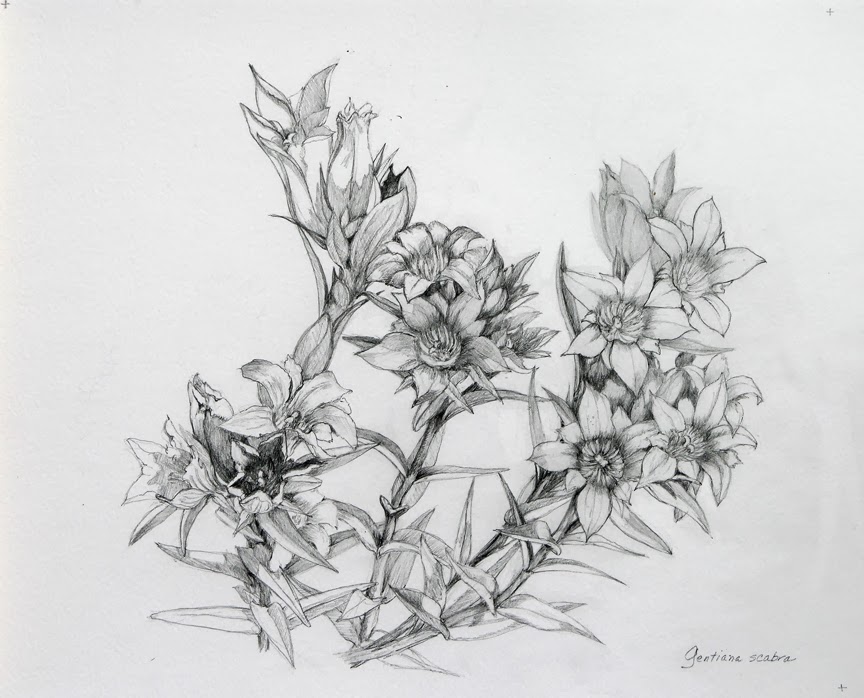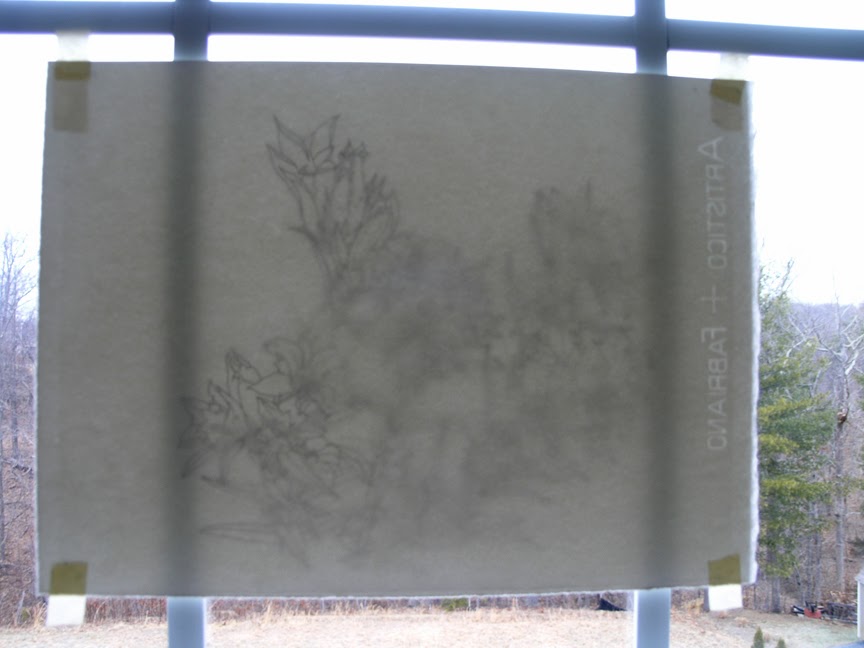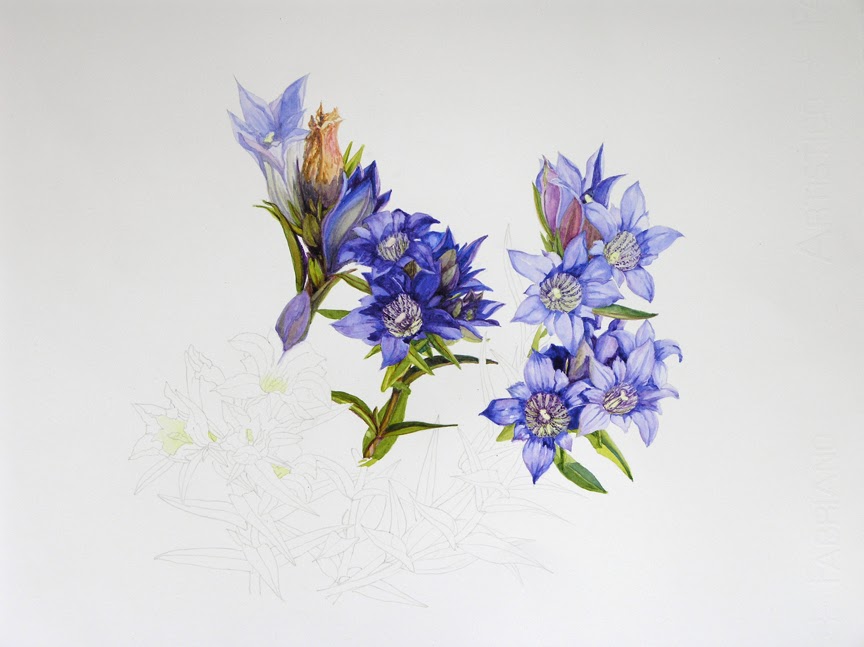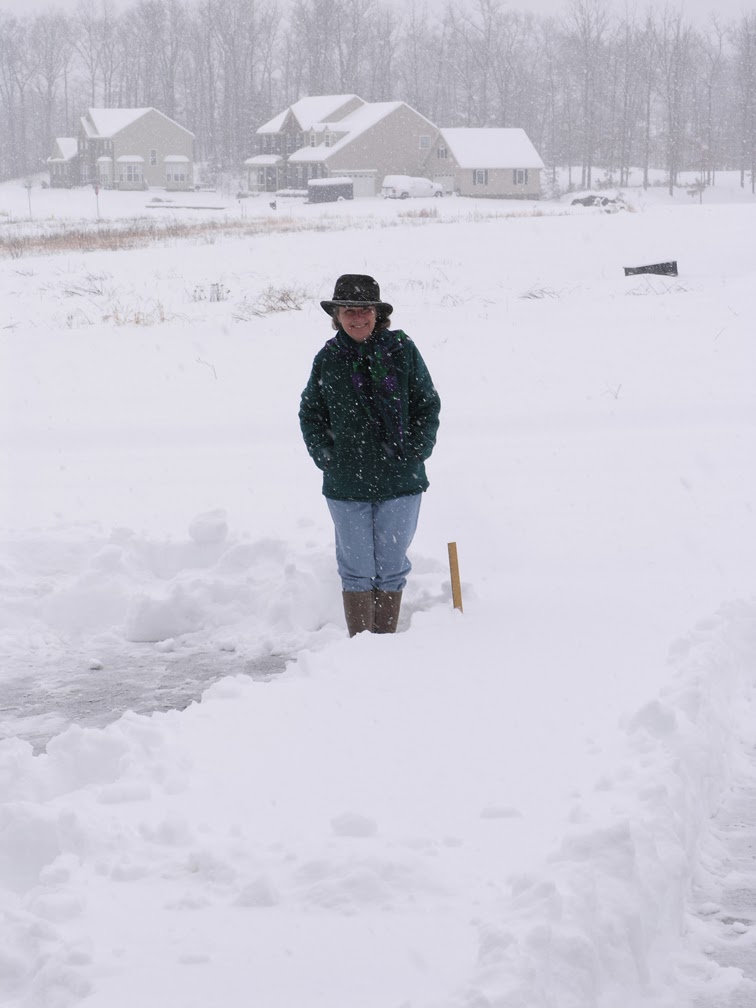 |
| Elena at the Fairchild Tropical Botanic Garden |
On a recent trip to Miami to retrieve some artwork, my friend Raquel invited me to visit the
Fairchild Tropical Botanic Garden. I had visited this gorgeous garden on a previous trip to Miami about eight years ago when artworld megastar
Dale Chihuly had an exhibit there--his amazing glass pieces blended so well with the setting, they seemed to be part of the weird blossoms of the flora in the place. The garden evidently bought a few of the pieces and here is one in the tropical greenhouse.
 |
| Standing in front of a Dale Chihuly glass sculpture. |
My friend wanted me to see the new
Wings of the Tropics exhibit--part of the
science village program. There is an entire greenhouse dedicated to showing lovely tropical butterflies and moths flying freely. Imported from various locations around the world while in the chrysalis stage, these butterflies are released shortly after they emerge. The greenhouse is fitted with double lock doors so that the creatures cannot escape into the garden. We were told they do not have a license from the FDA to breed the butterflies, so the plants in the greenhouse are carefully chosen to supply them with nectar, but are not host plants that any caterpillars could feed on to propagate.
 |
| A moth enjoys a dessert of overripe bananas and papaya. |
It was a very warm day and it was quite hot in the butterfly house, so eventually we drifted into the air-conditioned dining room for lunch. After lunch, we happened on a new museum building and found a wonderful exhibit of original botanical watercolors by artist
Lee Adams.
 |
| Watercolor of palm by Lee Adams |
I have been very intrigued by the discovery of this botanical artist, and the museum had little information on him other than he had been commissioned by Dr. Fairchild to do botanical illustrations of mangos in the
Kampong (in Coconut Grove), Central America and later of the palms in the garden's extensive collection. Eighteen large illustrations comprised this exhibit. From the little I have been able to find, Lee Adams was from Jacksonville and died tragically in 1971 in a car accident. I am trying to find out more about him, and wonder where and how many of his other botanical works there are. If anyone reading this knows, I would be most grateful for any information.
After the museum, we wandered into the shady tropical forest, beckoned by the refreshing sound of running water through the area. We sat on a bench under an enormous tree that had dropped some very curious fruit which I picked up--we managed to photograph this specimen.
 |
| Pachira aquatica fruit |
The tree itself is enormous, and it wasn't until I read the identifying tag I realized that it was the same species as my "money tree" houseplant, Pachira aquatica. What a difference! The "money tree" sold as houseplants are miniaturized like bonsai, and several plants are grown with trunks braided together to make decorative forms. The full-size tree here shows the buttress roots characteristic of many tropical trees .
 |
| Pachira aquatica tree |
 |
| "Money tree" Pachira |
 |
| A giant bird's nest fern perches by a shady stream in the tropical forest. |
 |
| Silk floss tree (Ceiba speciosa) |
There is such a wealth of exotic and strange specimens in these gardens! Orchids galore, palms, screw pine (Pandanus utilis) with ripening seeds, beautiful and unusual flowering trees. I could go on for pages and pages, adding lots more photos, but I'll leave it for now. Raquel is probably is the only other person I know who could have spent the entire day there enjoying every minute as much as I!
 |
| Vanda orchids in the tropical forest |
































